Uncle Sam and American Flagg: James Montgomery Flagg Illustration Style
세부 정보
파일 다운로드
이 버전에 대해
모델 설명
미국 예술가 제임스 몽고메리 플래그(1877년 6월 18일 ~ 1960년 5월 27일)의 그림 42점으로 학습되었습니다. 그는 예술가, 만화가, 일러스트레이터였으며, 미술 작품에서 카툰까지 다양한 매체에서 활동했습니다. 하지만 제1차 세계대전(World War I) 중 미국 육군의 모집을 위해 1917년에 제작한 산타클라우스의 정치 포스터로 가장 잘 기억됩니다.[1]. 그의 작품을 보려면 다음 사이트를 방문하세요:
illustratedgallery.com/artwork/for-sale/artist/james-montgomery-flagg/
illustrationart.blogspot.com/2007/08/james-montgomery-flagg.html
arthive.com/artists/12052
James_Montgomery_Flagg/works/308067Conversations
나는 그의 흑백 선화 일러스트를 기반으로 또 다른 LoRA를 제작할 예정입니다.
재미있는 사실: 플래그는 산타클라우스의 얼굴로 자신의 얼굴을 사용했습니다(나이를 더하고 흰색 수염을 추가함). 그는 나중에 모델을 준비하는 번거로움을 피하기 위해 그렇게 했다고 말했습니다.[8]
ChatGPT에서:
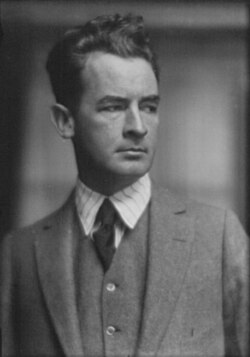 1915년, 아놀드 겐테가 촬영한 플래그
1915년, 아놀드 겐테가 촬영한 플래그
 1917년 뉴욕에서 열린 일러스트레이터들의 가면무도회에서 캡틴 키크로 분장한 플래그.[2]
1917년 뉴욕에서 열린 일러스트레이터들의 가면무도회에서 캡틴 키크로 분장한 플래그.[2]
제임스 몽고메리 플래그(1877년 6월 18일 ~ 1960년 5월 27일)는 미국의 다작적인 일러스트레이터, 예술가, 작가로, 제1차 세계대전 당시 미국 육군의 모집 포스터에 등장하는 상징적인 "I Want YOU for U.S. Army" 이미지의 창작자로 가장 잘 알려져 있습니다.
 풍자와 애국적 이미지의 달인인 플래그의 작품은 상업 일러스트레이션과 국가적 상징의 경계를 넘나들며, 20세기 초 미국의 가장 인상 깊은 시각적 목소리 중 하나가 되었습니다.
풍자와 애국적 이미지의 달인인 플래그의 작품은 상업 일러스트레이션과 국가적 상징의 경계를 넘나들며, 20세기 초 미국의 가장 인상 깊은 시각적 목소리 중 하나가 되었습니다.
🎨 초기 생애와 경력
뉴욕 펠햄 매너에서 태어난 플래그는 어린시절부터 예술 천재로, 12세 때 이미 잡지에 자신의 일러스트를 판매하기 시작했습니다.
뉴욕 아트 스튜던츠 리그에서 공부했으며, 런던과 파리에서도 단기간 학습하며 유럽의 학술 전통의 영향을 받았습니다.
20대 초반부터 《라이프》, 《저지》, 《새터데이 이브닝 포스트》 같은 주요 출판물에서 이미 유명 인사가 되었습니다.
📰 다재다능한 일러스트레이터
플래그는 유쾌한 일러스트, 세련된 초상화, 광고, 정치 만화, 전쟁 선전 등 다양한 장르에서 활동했습니다.
그는 풍자적 스타일, 자신감 넘치는 드로잉, 강렬하고 극적인 구성으로 즉각적인 시각적 충격을 주는 이미지를 만들어냈습니다.
그의 스타일은 대담하고 극적이며, 고전적 사실주의와 편집적 강렬함을 융합했습니다.
🧔 상징: 산타클라우스
1917년, 플래그는 제1차 세계대전 당시 미국 육군의 모집을 위해 "Uncle Sam Wants You" 포스터를 제작했습니다.
산타클라우스의 모델은 플래그 자신이었으며, 비용 절감을 위해 단순히 거울을 보고 그렸습니다.
이 이미지는 역사상 가장 유명한 선전 이미지 중 하나가 되었으며, 제2차 세계대전에서도 재사용되었고 미국 문화에 깊이 뿌리내렸습니다.
✍️ 선전을 넘어서
플래그는 마크 트웨인, 시어도어 루즈벨트 등 유명인과 정치인들의 초상화도 제작했습니다.
 마크 트웨인 초상화, 1900년 (회화)
마크 트웨인 초상화, 1900년 (회화)그는 유쾌하고 종종 불경한 성격으로 알려졌으며, 예술, 정치, 애국심에 대해 강한 의견을 가지고 있었습니다.
명성을 받아들였지만, 플래그는 자신의 광범위한 작품 중 산타클라우스 하나만으로 기억되는 것을 때로는 불편하게 여겼습니다.
🖼️ 예술적 스타일
회화적 사실주의와 일러스트레이션의 즉각성을 결합합니다.
인물의 자세, 표정, 눈빛을 강조해 캐릭터와 감정적 충격을 포착했습니다.
그의 인물들은 종종 영웅적, 극적, 또는 유머러스하며, 국가적 자부심과 개인적 매력을 반영합니다.
📚 유산
플래그의 작품은 찰스 다나 기브슨, 하워드 찰더 크리스티 같은 동료들과 함께 미국 일러스트레이션의 핵심 시대를 대표합니다.
그는 20세기 초반 미국 정체성의 시각적 언어를 정의하는 데 기여했습니다.
오늘날 그의 유산은 예술사뿐 아니라 그래픽 디자인, 정치 예술, 그리고 선전의 팝 문화적 재해석에도 반영되고 있습니다.

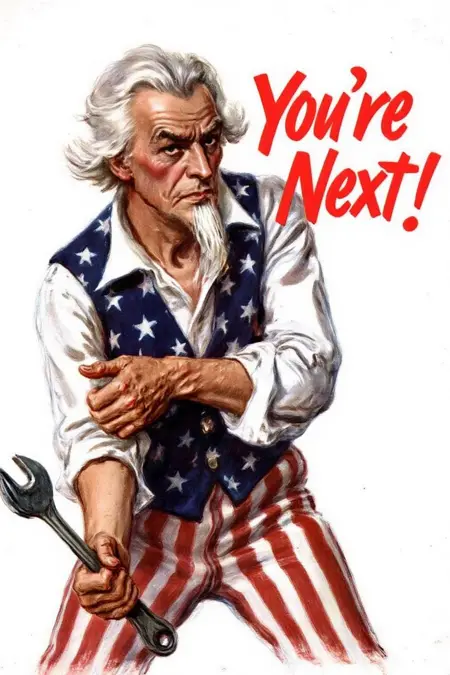
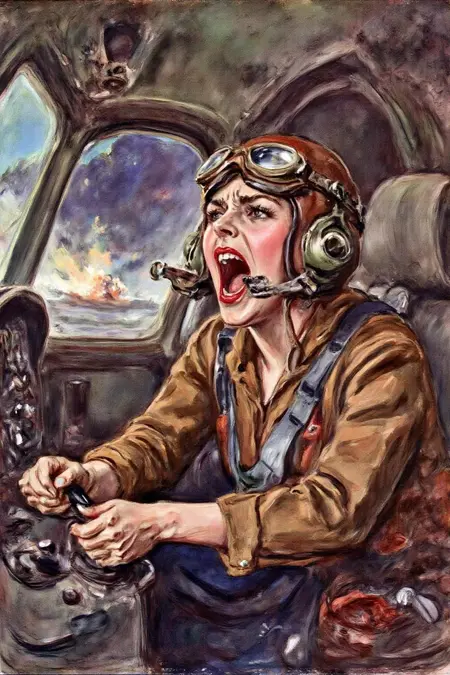
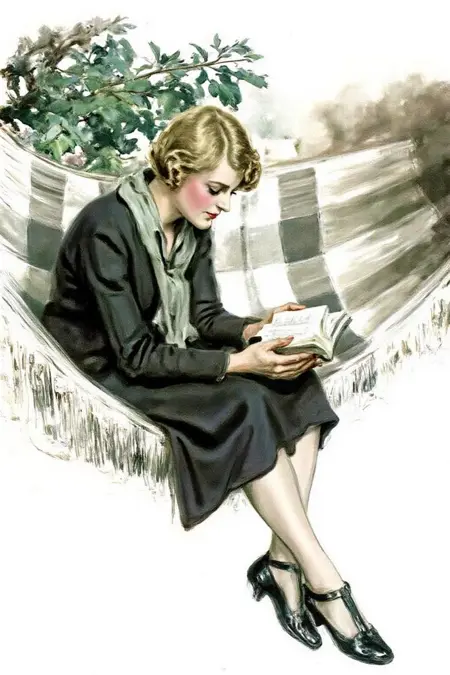



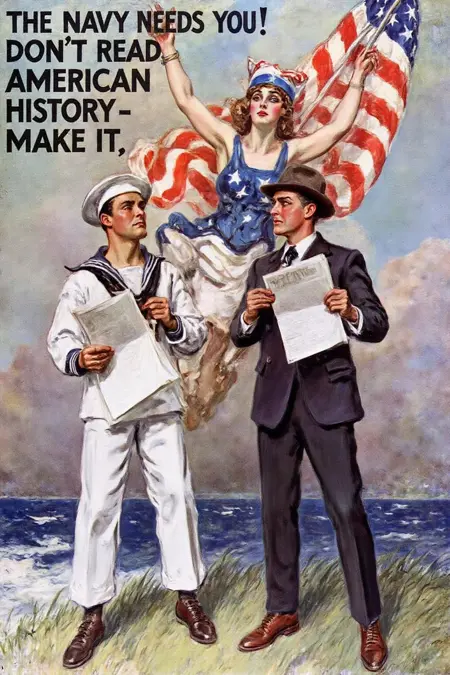
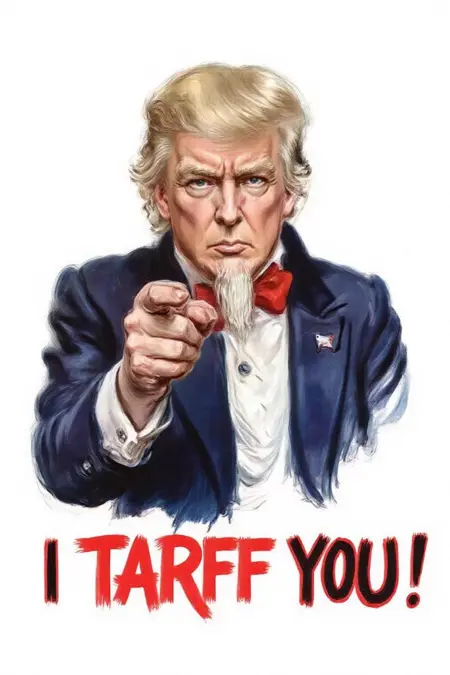
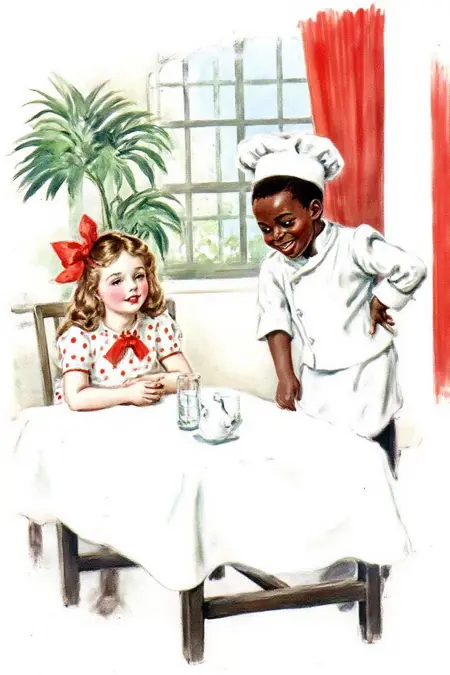
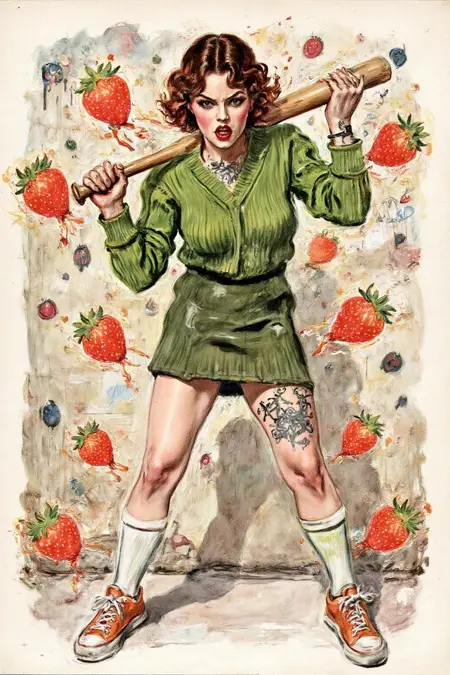

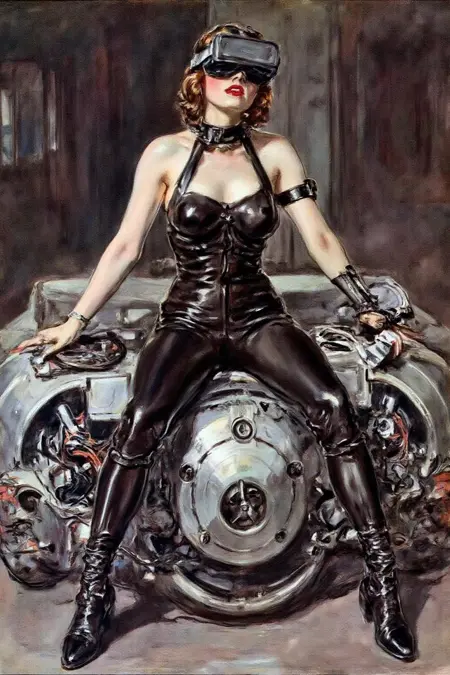
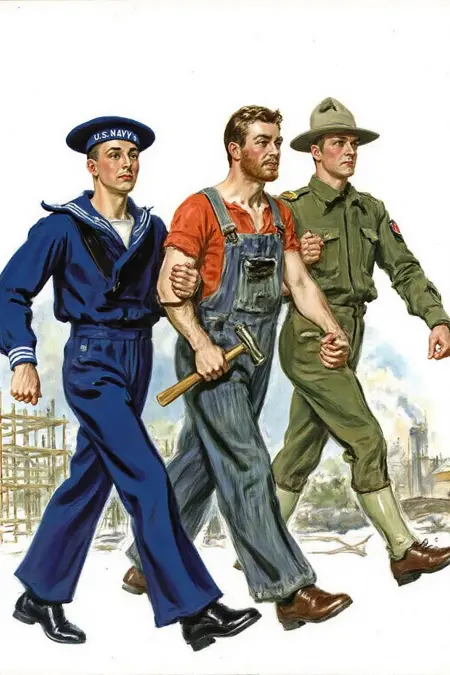
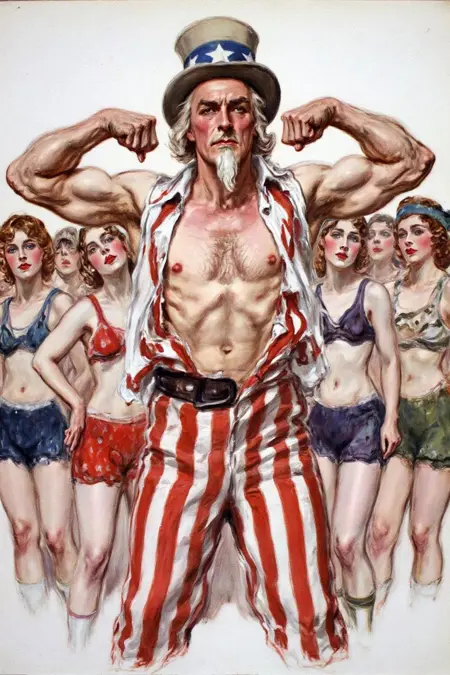
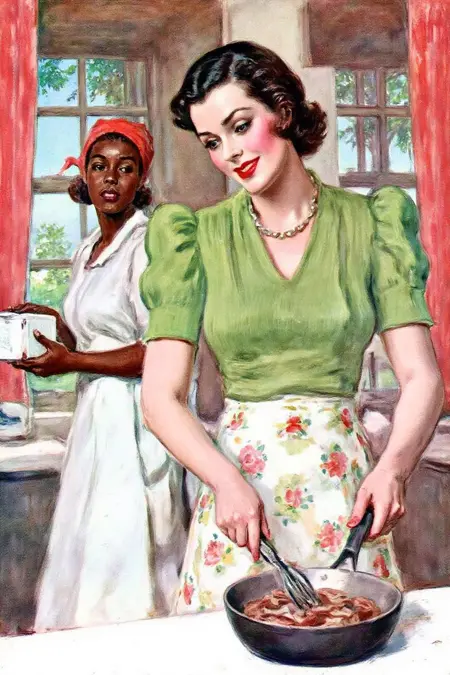
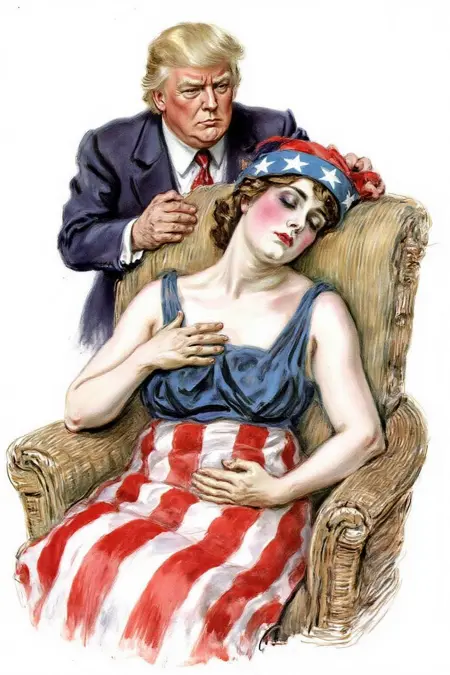



 시어도어 루즈벨트 ('Men of the Day. No. 849.')
시어도어 루즈벨트 ('Men of the Day. No. 849.')